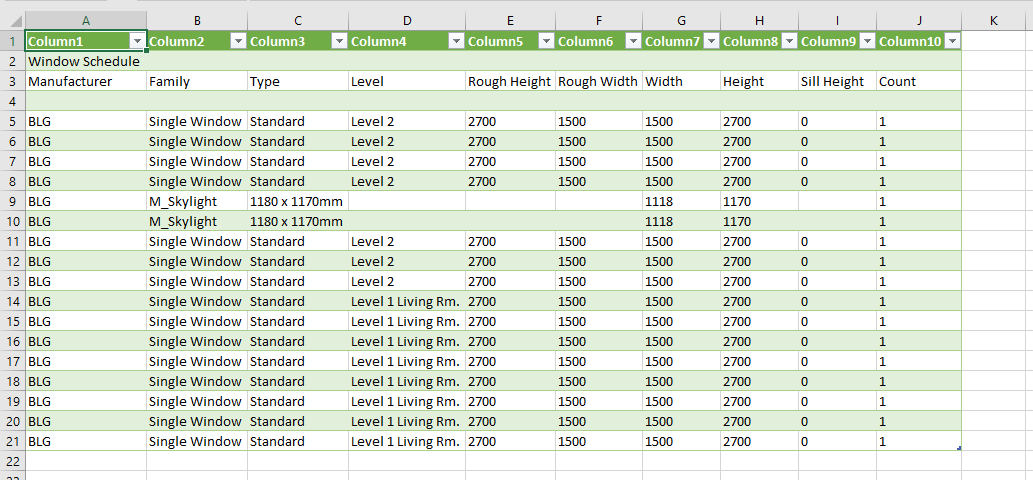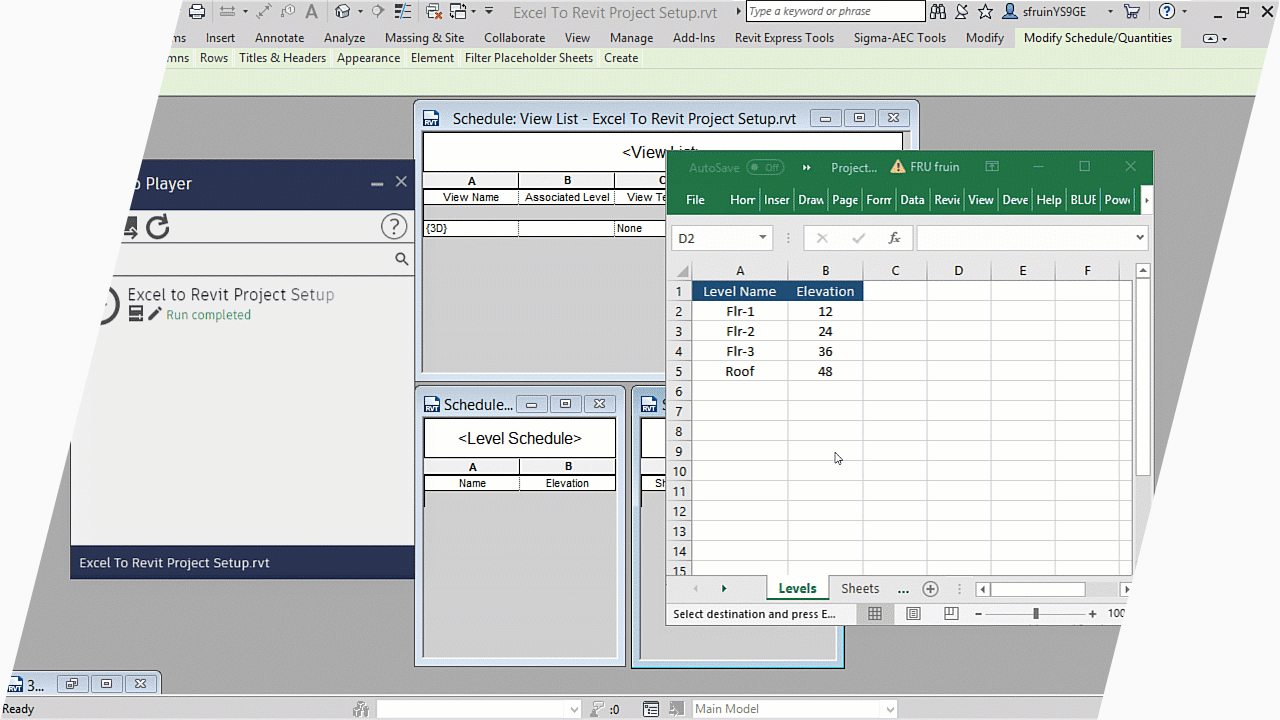Revit Add Ins: Supercharge Your Design and Modeling
Wiki Article
Revit Excel Combination Demystified: Simplifying Workflows for Improved Job Sychronisation
Look no better, due to the fact that Revit Excel Assimilation is below to debunk the procedure and simplify your projects. In this article, we will guide you through the value of Revit Excel Combination, show you exactly how to improve process, and offer finest practices for successful integration.The Importance of Revit Excel Assimilation
You need to comprehend the relevance of Revit Excel integration to successfully simplify your workflows and improve job control. The integration of Revit, a powerful building details modeling (BIM) software, with Excel, a widely utilized spread sheet program, supplies countless benefits for engineers, designers, and construction experts.

By integrating Revit with Excel, you can eliminate hands-on data entrance and minimize the danger of mistakes. This not only saves time but also guarantees accuracy in your project documentation. You can update data in Excel, and it will automatically update in Revit, preserving uniformity throughout your job.
Moreover, Revit Excel assimilation improves job sychronisation by allowing effective collaboration amongst staff member. With information integrated between Revit and Excel, everyone can access the most current info and interact perfectly. This promotes smoother interaction, lowers problems, and enhances overall task performance.
Exactly How to Improve Workflows With Revit Excel Integration
Enhance your process by seamlessly attaching Revit and Excel to enhance your workflow. By incorporating these 2 powerful devices, you can improve task control and boost efficiency in your job. With Revit Excel combination, you can easily move data in between both systems, permitting seamless interaction and partnership.

An additional advantage of Revit Excel assimilation is the ability to produce personalized reports and evaluate information better. With Excel's durable features, you can do innovative computations, produce graphes and graphs, and generate detailed records based on the data from your Revit designs. This enables you to obtain valuable insights and make notified choices throughout the project.
Enhancing Task Sychronisation With Revit Excel Assimilation
By seamlessly connecting your style software program with effective information evaluation tools, you can considerably improve the control of your tasks. Revit Excel integration enables you to simplify your operations and boost task coordination by getting rid of manual information entrance and reducing errors. With this integration, you can quickly move data in between Revit and Excel, making certain that all task info is up to day and precise.One of the key advantages of Revit Excel integration is the ability to import and export information between both software perfectly. This indicates that you can easily import existing job data from Excel into Revit, saving you time and initiative in coming back details. Likewise, you can export job data from Revit to Excel, allowing you to execute innovative analysis and calculations using the powerful attributes of Excel.
Moreover, Revit Excel combination enables you to create vibrant links between the 2 software application (revit add ins). This indicates that any adjustments made in Revit will immediately update in Excel, and the other way around. This makes certain that all project stakeholders are dealing with the most updated information, boosting job sychronisation and minimizing the threat of errors
Conquering Challenges in Revit Excel Assimilation
When overcoming difficulties in the assimilation of Revit and Excel, it's essential to make sure smooth data transfer and decrease errors. One typical obstacle is the compatibility of data formats between Revit and Excel.An additional obstacle is the lack of synchronization between Revit and Excel. It's vital to develop a clear process that makes certain both platforms are updated in real-time. This can be accomplished by utilizing cloud-based cooperation tools or establishing a system for regular data syncing.
Taking care of huge datasets can also be troublesome. When it comes to dealing with big amounts of data, revit and Excel have different capacities. To conquer this difficulty, you can divide the information into smaller, workable pieces or utilize data filtering methods to concentrate on certain areas of rate of interest.
Finally, human error can result in inconsistencies between Revit and Excel data. It's important to train team participants import excel into revit on the assimilation procedure and develop high quality control steps to catch any mistakes. Normal audits and cross-checks can assist identify and correct any inconsistencies.
Best Practices for Effective Revit Excel Combination
To guarantee successful assimilation of Revit and Excel, it's vital to follow some ideal practices that will assist enhance your process and lessen errors. Furthermore, when connecting Excel data right into Revit, ensure that the data is free and clean from any formatting concerns that can trigger mistakes.Another crucial practice is to routinely upgrade your Excel data in Revit. This can be conveniently attained by establishing a clear procedure for upgrading the connected information. Make it a habit to evaluate and upgrade the information at normal periods, especially when changes are made to the project. This will certainly help keep your data accurate and as much as date.

Final Thought
So, there you have it - revit Excel integration doesn't need to be a difficult task. By improving your process with this effective combination, you can enhance job coordination and accomplish greater performance. Remember to get over any type of difficulties that may arise and adhere to ideal methods for successful integration. With revit Excel assimilation debunked, you'll be well on your method to optimizing the capacity of these tools and taking your tasks to new heights.You can export your Revit timetables to Excel, make adjustments or updates in Excel, and then import the upgraded data back right into Revit with simply a few clicks. Revit Excel combination allows you to simplify your process and boost project coordination by getting rid of manual information entry and lowering errors. With this combination, you can quickly move information in between Revit and Excel, guaranteeing that all job details is up to day and accurate.
You can export project data from Revit to Excel, enabling you to execute innovative analysis and calculations using the powerful attributes of Excel.
Additionally, when linking Excel information into Revit, guarantee that the information is clean and complimentary from any type of format issues that might create errors.
Report this wiki page